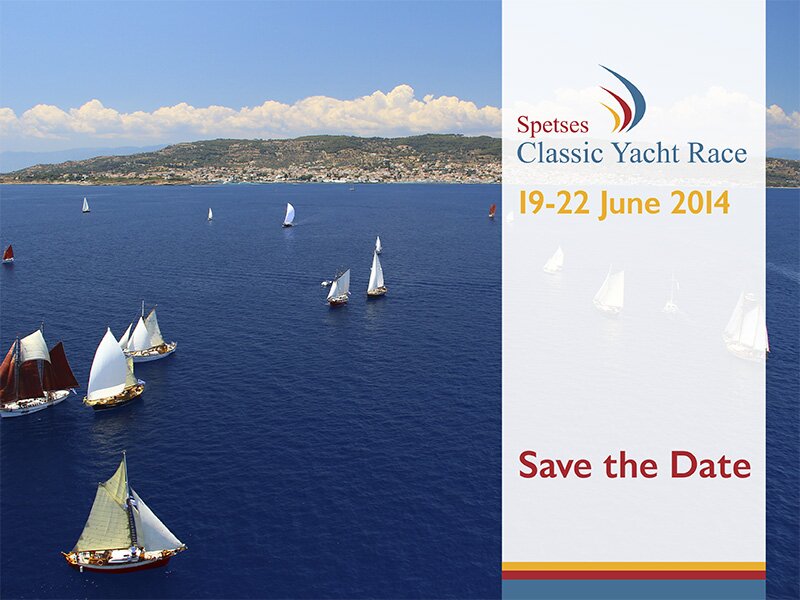History
Why is Spetses famous
In two words: wealth and glory-achievements not usually linked with small places. For about a century, starting around 1750, its shipowners built hundreds of large sailing ships that carried heat from the granaries of Russia and Romania on the Black Sea to Italy, France and Spain. But while other nations had warships to protect their merchant vessels, the Greeks were helpless against the Maltese and Barbary pirates who preyed on the sea routes. But a weakness can be turned into a strength. The shipyards in Spetses-which you can still see in the Old Harbor-designed ships that carried both cargoes and cannon. They were large enough to be profitable and fast enough to outrun the pirates. With their trading profits, the shipowners built the mansions which are a hallmark of Spetses, for example that of Hadjiyannis Mexis (now the state museum) and of Lascarina Bouboulina (now the Bouboulina museum). But the truly great fortunes were made by running the British blockade of Napoleonic Europe. Spetses thus became a wealthy island with a well-armed fleet, as witnessed by Auguste de Jassaud, French Consul in Istanbul, who reported in 1808 that it had 90 large ships with 1000 cannon and 9000 sailors. Wealth was followed by a glory, thanks to the War of Independence which began in 1821. Spetses joined the revolution and fought in several sea battles, with numerous heroic attacks by the nimble Greek ships against their much stronger enemies.
So what do I see if I walk around?
Spetses has two ports which belong to two different eras. Two hundred years ago you would have arrived at the Old Harbor. Today, visitors usually arrive at the new port, Dapia, which means ‘fortification’. The town center is nearby with shops, grocers, pharmacies, newsvendors and cafes.
Just behind Dapia is the neoclassical mansion built by Sotirios Anargyros in 1904. He instructed the architect ‘to build a mansion similar to an ancient Egyptian palace or temple’ and named it ‘Neith’, after an Egyptian divinity which was self-generated and owned its existence to none other but itself. The mansion is guarded by two Egyptian sphinxes flanking the entrance; a strange and exotic note for a Greek island.
On the right of the square, opposite the house of Anargyros, is the Mansion of Laskarina Bouboulina. She was a rare person, a female heroine who devoted her huge fortune, her ships and her life to the revolution against the Turks. Her descendants still live on the ground floor whilst the remainder of the building houses the Bouboulina Museum. There, during the forty minute guided tour, you can hear the story of this legendary Lady Captain and see weapon collections, old books, fine porcelain collections, letters and documents of the Revolution, paintings, a scale model of her flagship, Byzantine icons, her personal belongings, maps, embroidery and of course the superb Florentine ceiling in the grand salon. The mansion was restored and is maintained with the proceeds from the tickets purchased by the thousands of visitors who come every year. The times of the tours are displayed on notice boards at the entrance to the Museum and at various points around the Dapia harbor.
From the book ‘Poseidonion and Spetses’ by the historic Petros Charitatos.



















